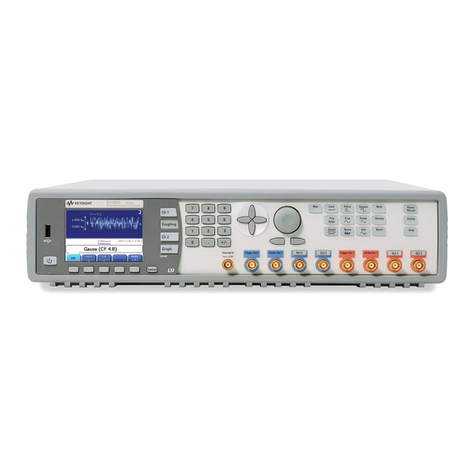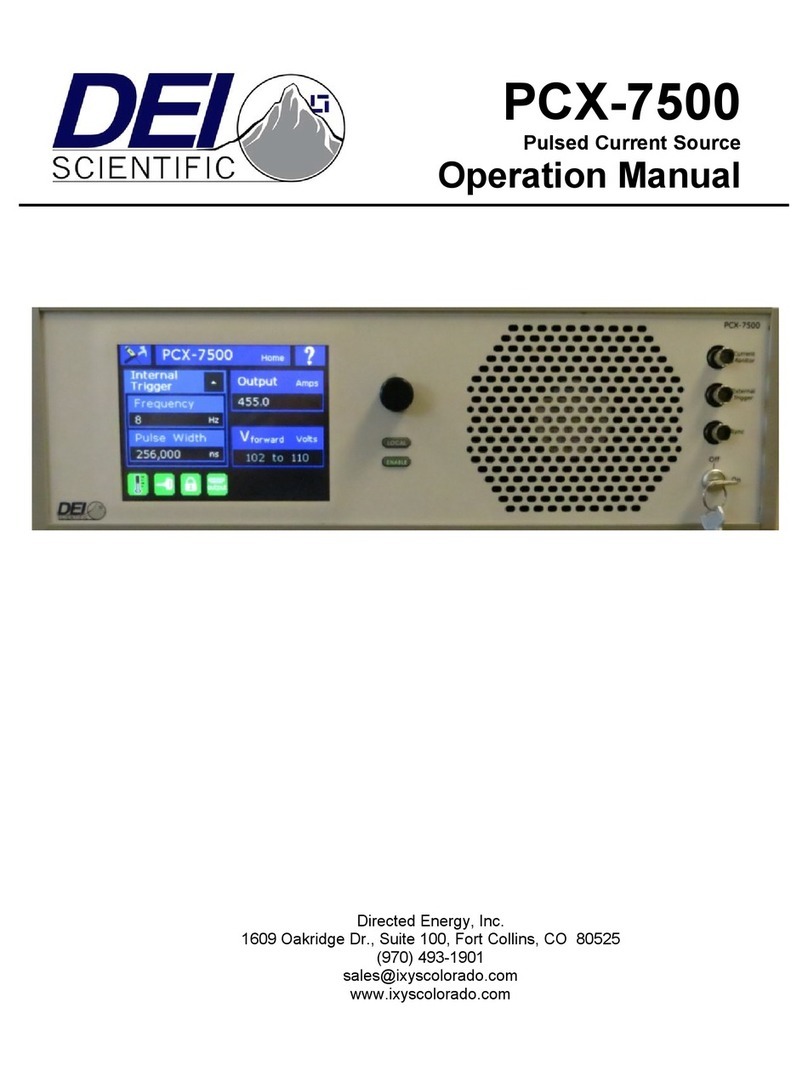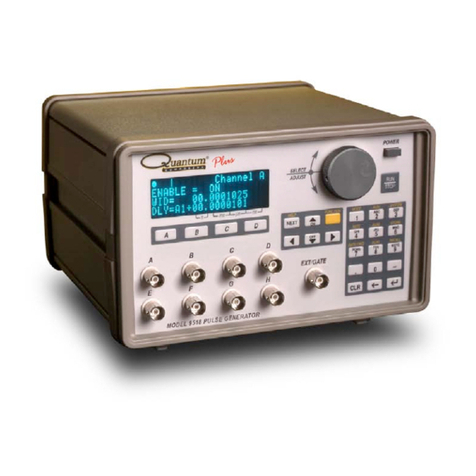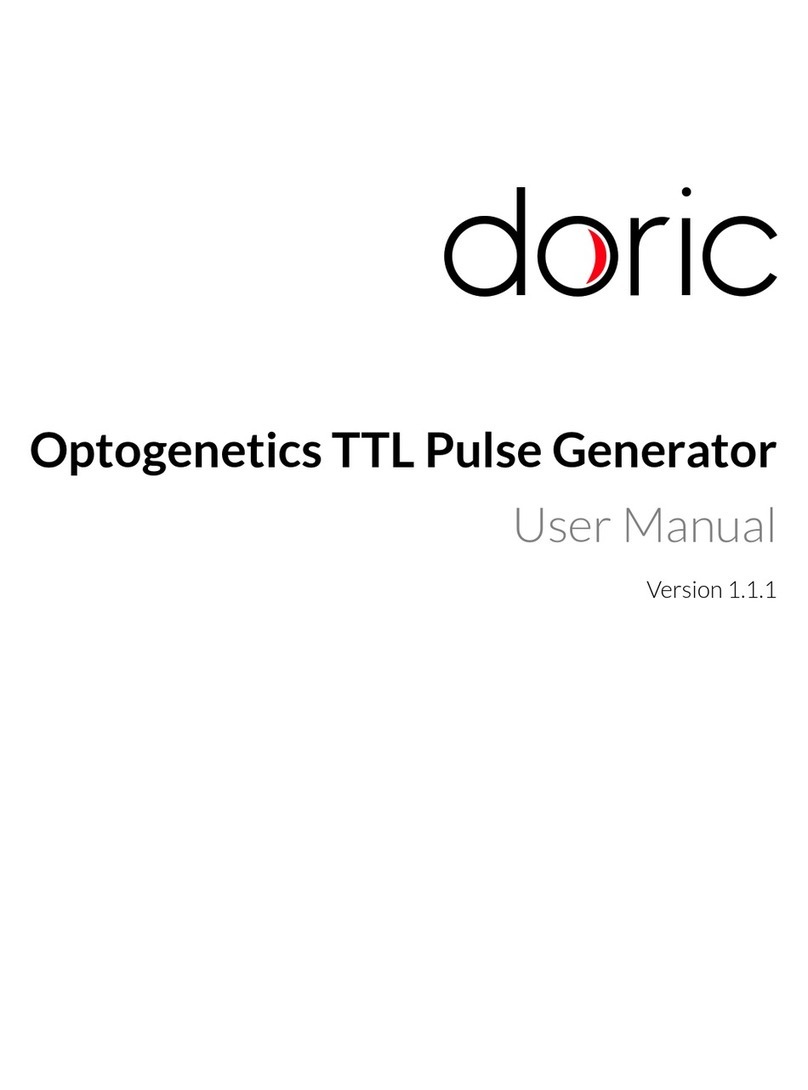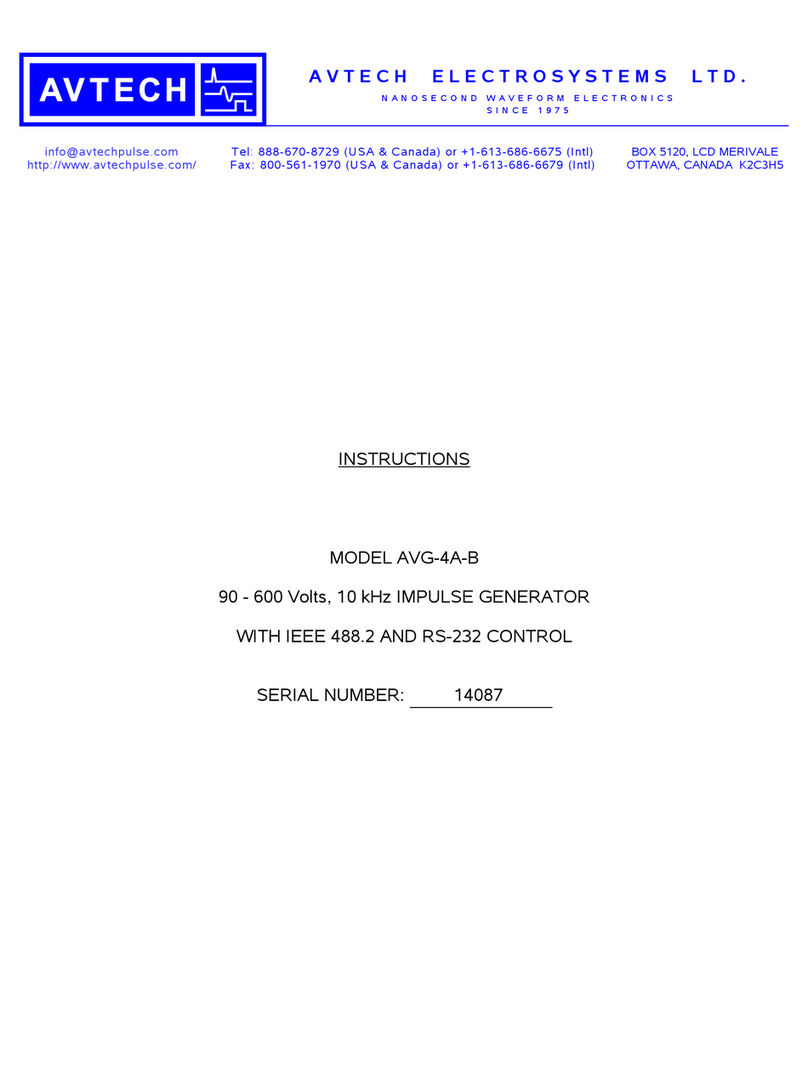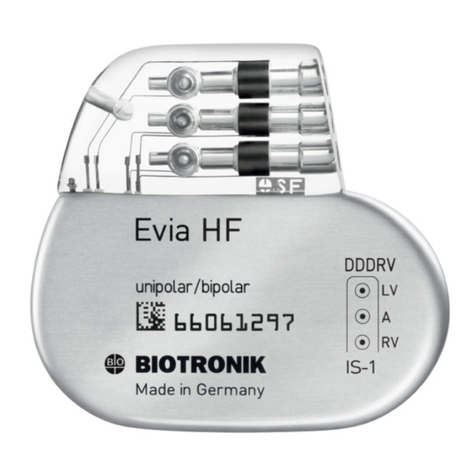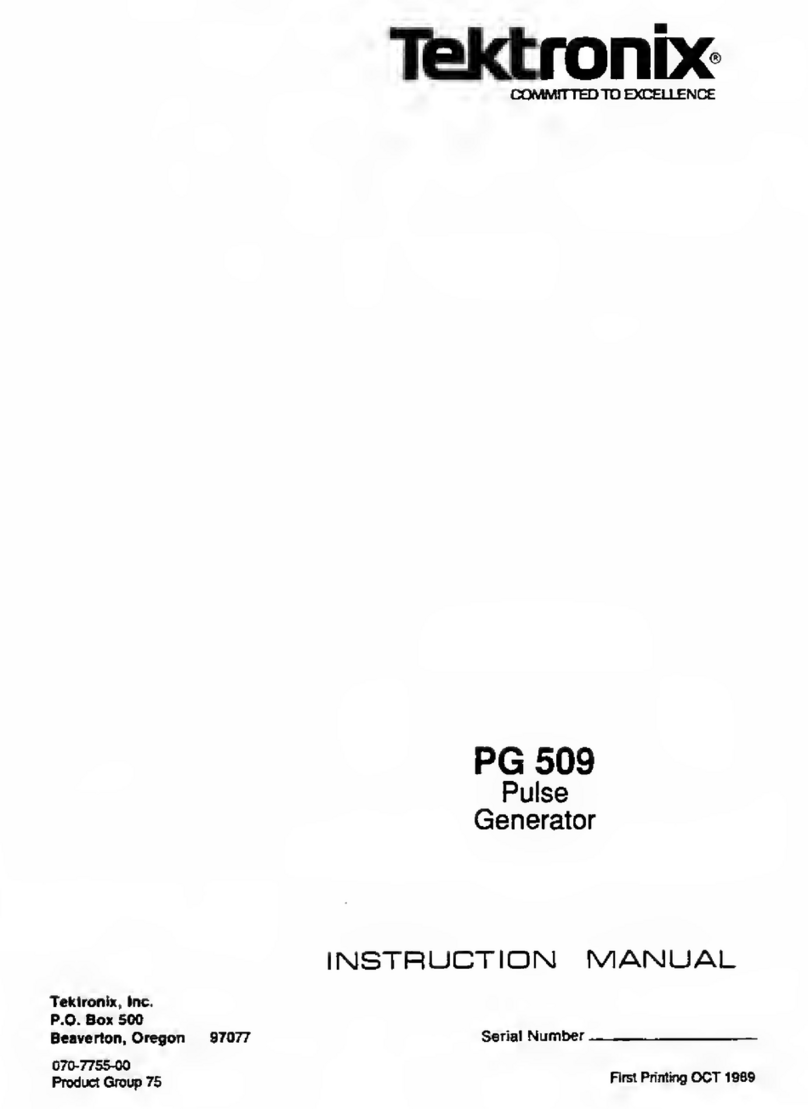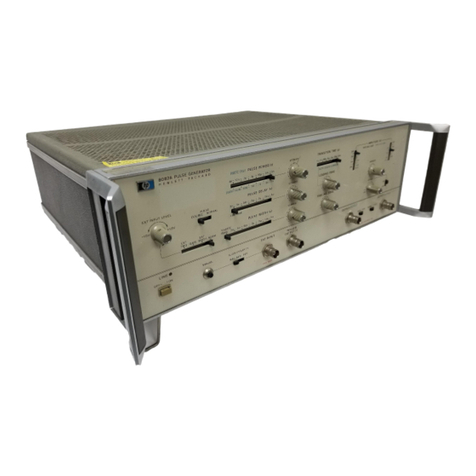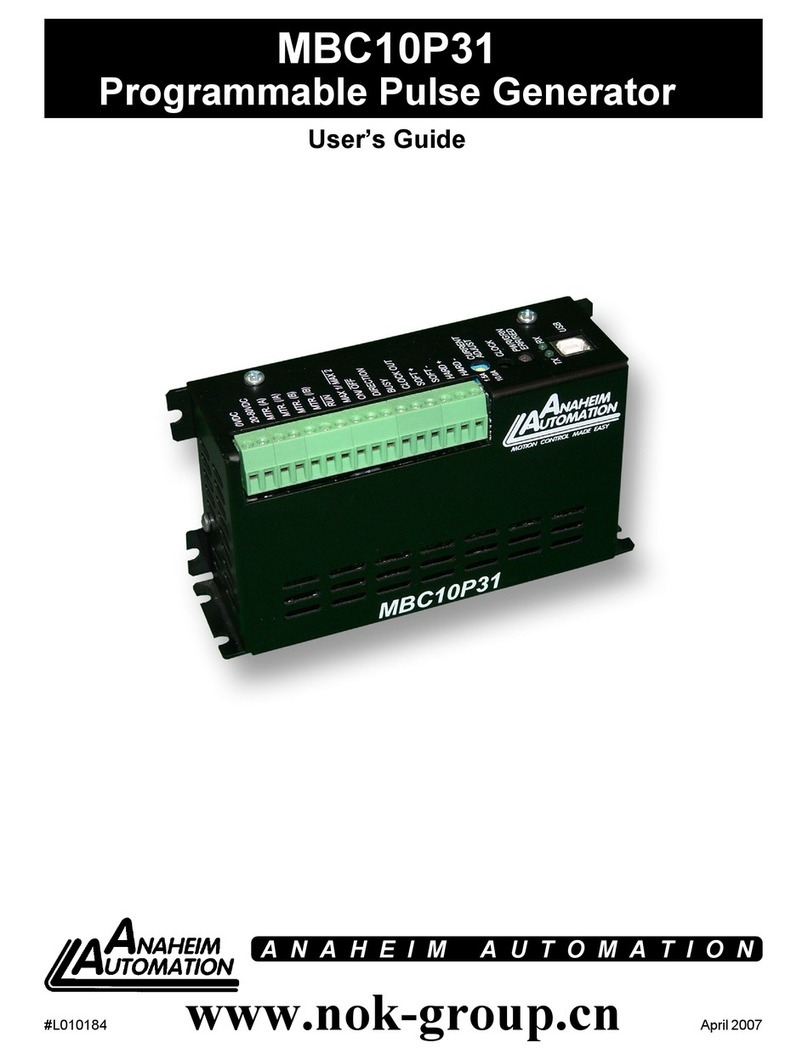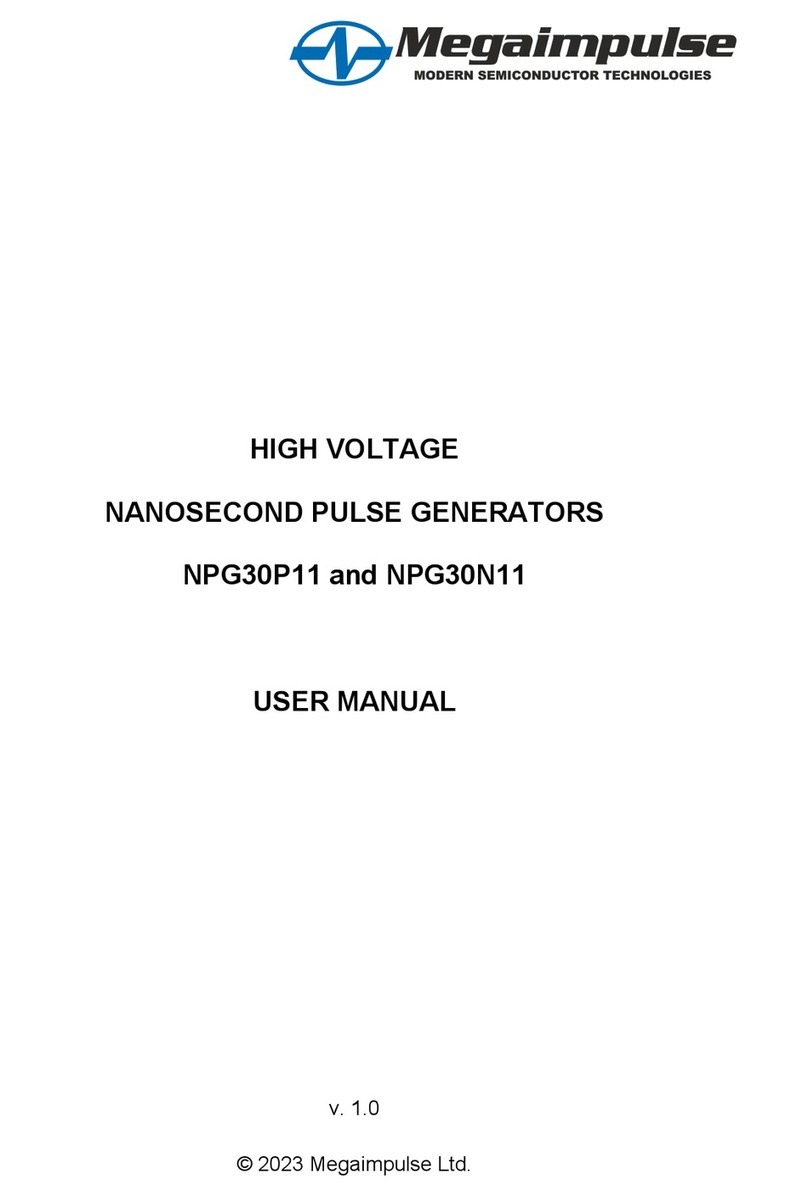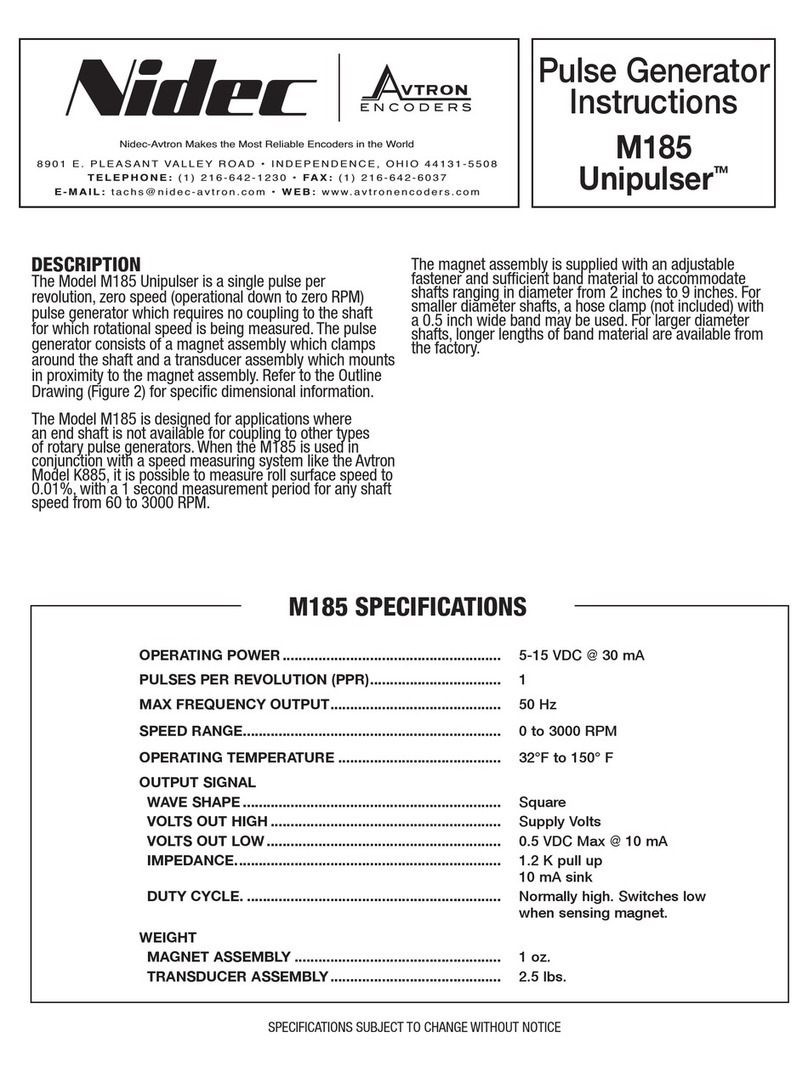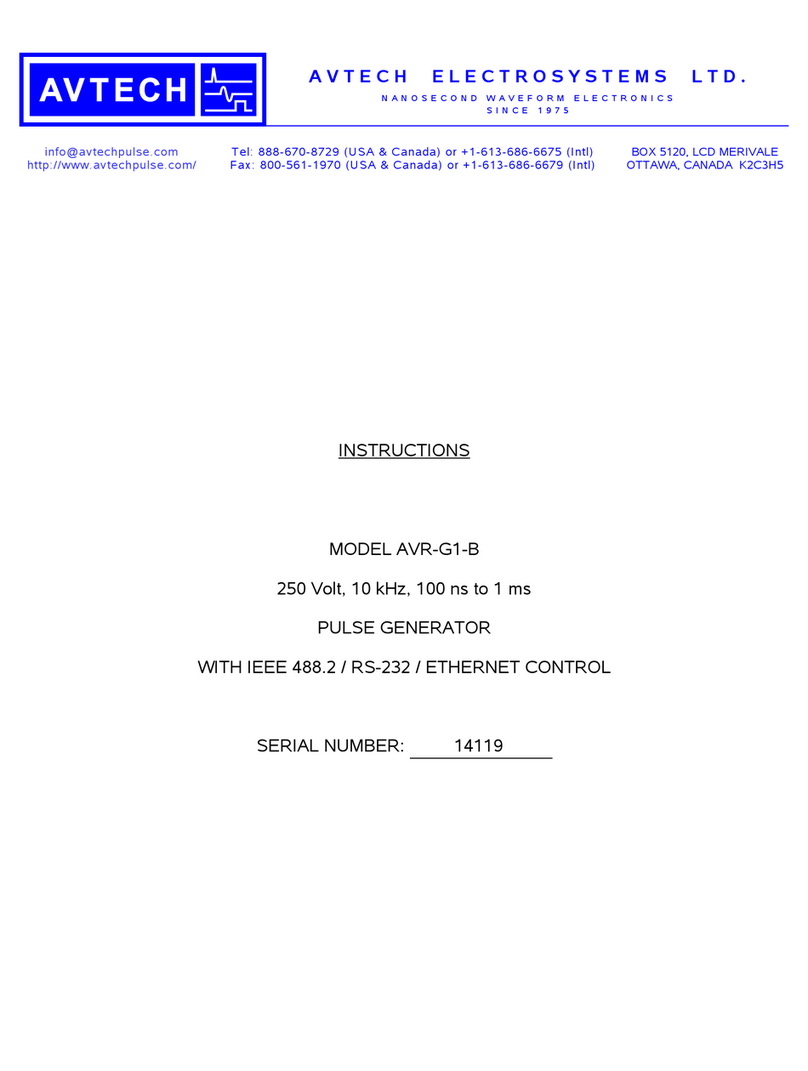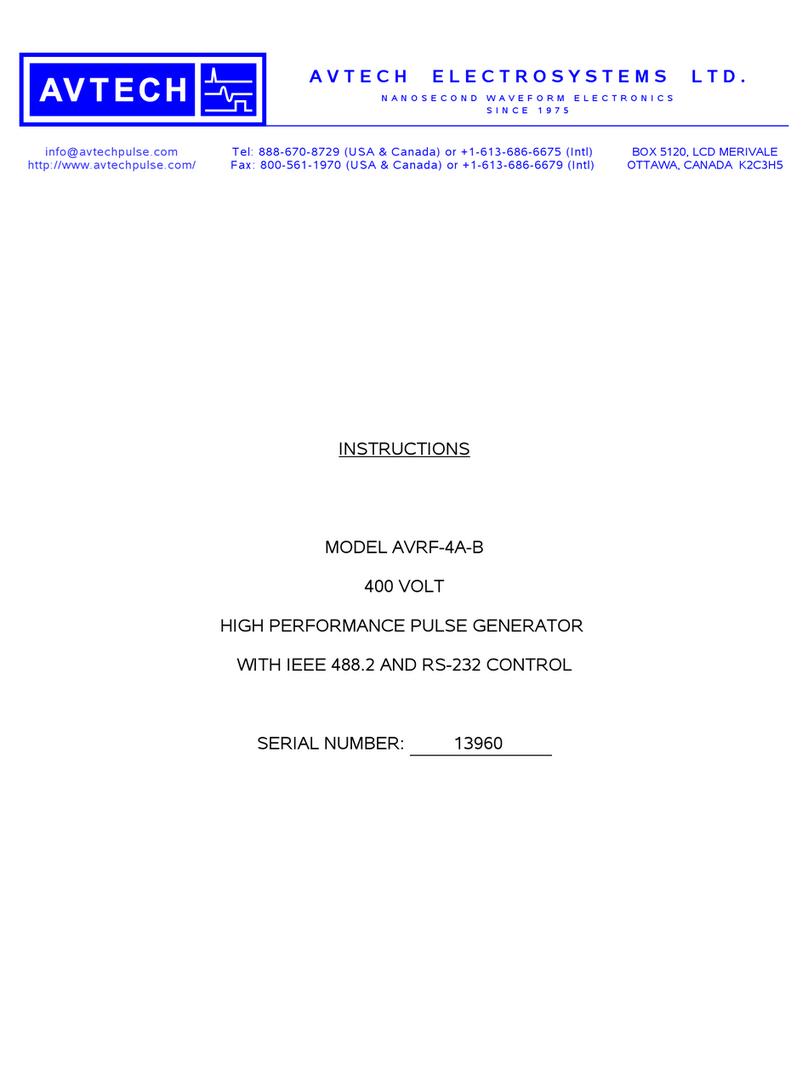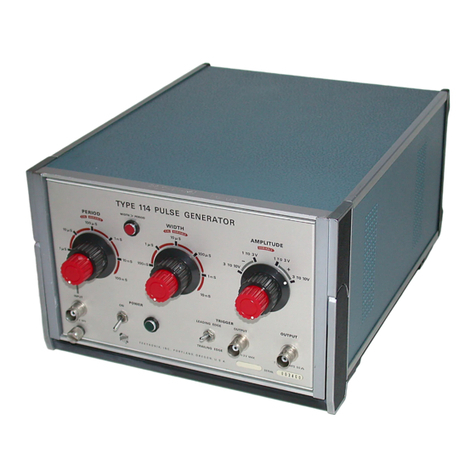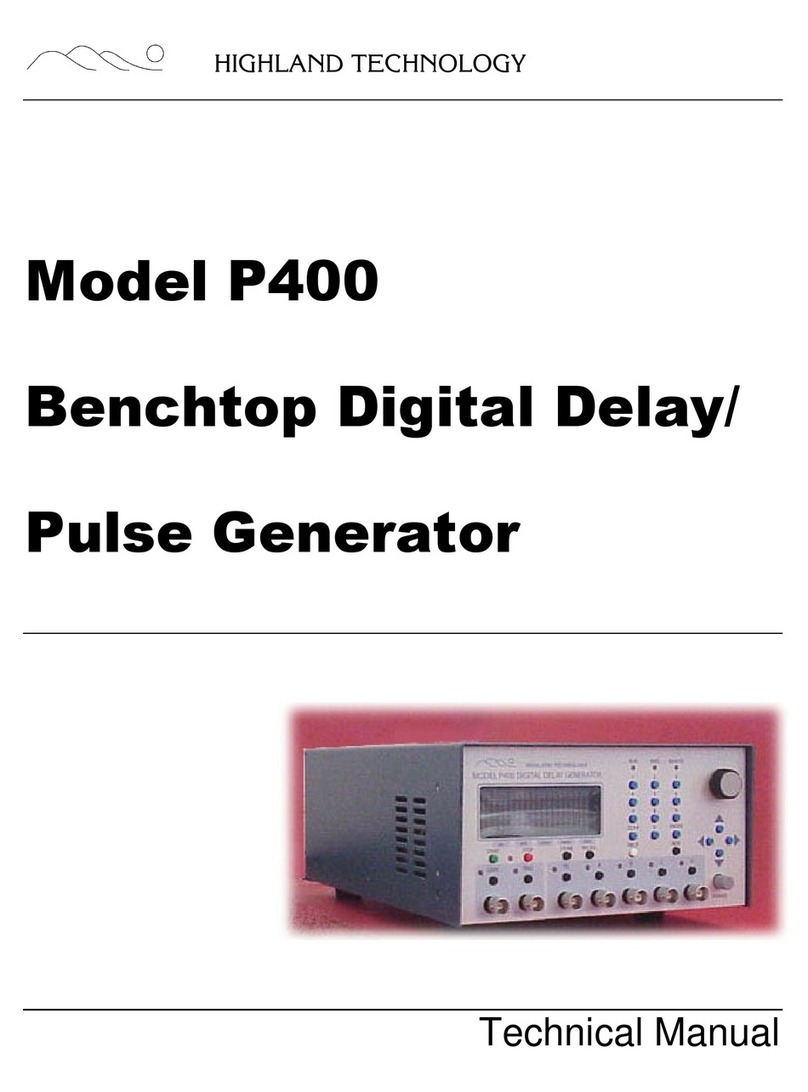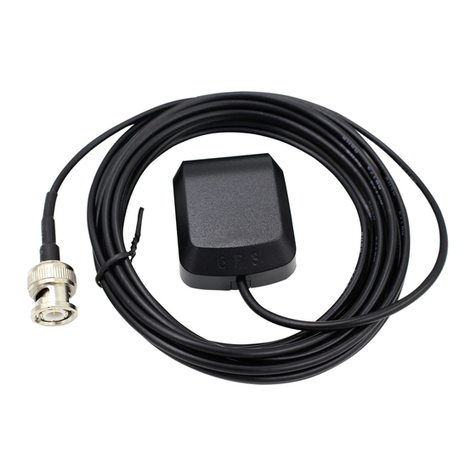
Philos DR-T Technical Manual i
Contents
1. Home Monitoring-Overview ................................................1
1.1 Home Monitoring ..............................................................1
1.2 Transmission of Information .............................................1
1.3 Patient Device with Components......................................2
1.4 Receiving Patient Data .....................................................3
2. Indications and Contraindications.....................................5
3. Warnings and Precautions..................................................7
3.1 Home Monitoring ..............................................................7
4. Types of Messages ............................................................11
4.1 Event Message ...............................................................11
4.2 Trend Message ...............................................................13
4.3 Patient Message .............................................................13
5. Description of Transmitted Data.......................................15
5.1 The Monitoring Interval ...................................................15
5.2 Heart Rate.......................................................................15
5.3 Atrial Rhythm ..................................................................15
5.4 Ventricular Rhythm .........................................................15
5.5 AV Conduction ................................................................16
5.6 System Status .................................................................16
6. Technical Data ....................................................................17
6.1 Modes .............................................................................17
6.2 Home Monitoring Parameters.........................................17
6.3 Pulse and Control Parameters .......................................18
6.3.1 Rate Adaptation ......................................................21
6.3.2 Parameters at Replacement Indication ..................21
6.3.3 Additional Functions................................................23
6.4 Programmers ..................................................................24
6.5 Materials in Contact with Human Tissue ........................24
6.6 Electrical Data/Battery ....................................................24
6.7 Mechanical Data .............................................................25
7. Order Information ..............................................................27
